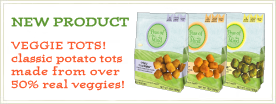How does one choose which type of oats (instant, quick, rolled, steel-cut) to consume and which cooking method to use to prepare them?
Below is a summary of our findings:

Ultimately, instant, quick and rolled oats are all processed in the same way; the only difference is their thickness, which impacts the cooking time and resulting texture.
"Dry or cooked, oats provide protein, some B vitamins, and other nutrients, and they are rich in fiber - notably beta glucan, a soluble fiber that lowers cholesterol and helps control blood sugar." (UC Berkeley Wellness Letter, Volume 25, Issue 10, July 2009.)
Lastly, we evaluate steel-cut oats. Their extended cooking time presents a significant disadvantage in comparison to all other the types, but they offer 1 significantly unique advantage: SUPERIOR TEXTURE! Steel cut oats are fantastically chewy and therefore far more pleasant to eat than the others. They also have the lowest Glycemic Index (a measure of a food's effect on blood sugar levels, the lower the number, the better the food) of 42, an admittedly small reduction from that of cooked rolled oats (50).
One of us here at POM simply adores the texture of the steel-cut, so she makes a tremendous batch on Sundays to last her household the upcoming week. Cooked and stored in the fridge, even steel-cut oats can be 'instant' on a weekday morning.
How do you like to make your oats?
